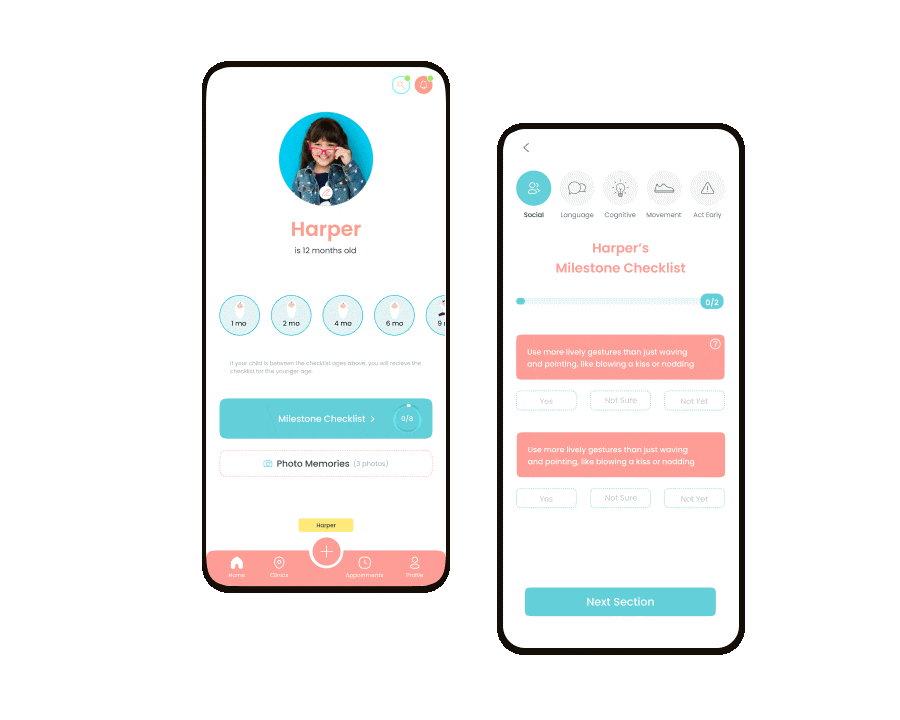ShopEase
Kingdom’s lifestyle curator Project #ShopEase

A retail company, “ShopEase,” experienced rapid growth in their offline stores but found themselves lagging in the digital market. With increasing online shopping trends, they decided to launch a full-scale eCommerce platform to reach a wider audience and increase sales. This case study details the development process, implementation, challenges faced, and outcomes of the eCommerce application.
Problem Statement
ShopEase lacked a digital platform to sell its products, which led to missed opportunities for online sales and limited market reach. Competitors with online stores were capturing a significant market share, and ShopEase needed a solution that would allow them to:
- Offer products online 24/7.
- Expand their customer base beyond physical locations.
- Improve the overall shopping experience for customers.
Objectives
- Develop a user-friendly eCommerce application with a responsive design.
- Ensure a seamless and secure shopping experience.
- Integrate a scalable solution that accommodates growth.
- Provide comprehensive product search, filtering, and sorting options.
- Implement effective payment and delivery options.
- Integrate customer engagement features (e.g., reviews, ratings, wishlists).

Proposed Solution
The proposed solution was to build a web-based eCommerce application with the following key features:

User Interface (UI)
An intuitive and responsive design, optimized for both desktop and mobile users.

Product Management
Robust product catalog, including categories, subcategories, product details, images, pricing, and inventory management.

Shopping Cart & Checkout
A user-friendly shopping cart with a multi-step checkout process, including guest checkout options.

Payment Gateway Integration
Secure payment options (credit/debit cards, PayPal, digital wallets).

Order Management
Real-time order tracking and management.

User Account Management
Customer profiles with order history, wishlists, and personalized recommendations.

Admin Panel
An admin dashboard to manage products, orders, user accounts, promotions, and content.
Technologies used
Frontend
Backend
Database
Payment Integration
Hosting
Security
Implementation Process
-
Planning & Requirement Analysis Detailed discussions with stakeholders to identify core features, customer journeys, and technology stack.
-
Design Phase Wireframing and UI/UX design were completed to ensure a seamless and attractive interface.
-
Development Divided into phases: Backend and API development. Frontend integration. Database setup and integration.
-
Testing Conducted extensive testing (unit testing, integration testing, and user acceptance testing) to identify bugs and performance issues.
-
Deployment Deployed the application on AWS with auto-scaling enabled to handle traffic spikes.
Challenges Faced
- Scalability: Initially, the application faced performance issues under heavy traffic. This was resolved by optimizing the database queries and implementing caching using Redis.
- Security: Ensuring secure transactions and data protection required robust encryption and regular security audits.
- Payment Integration Issues: Integrating multiple payment gateways led to compatibility issues, which were resolved by working closely with payment service providers.
- User Experience: Achieving a balance between design aesthetics and functionality took multiple iterations and A/B testing.

Results and Outcomes
Within the first six months, the company saw a 40% increase in sales, with a majority coming from online channels.
The app attracted customers from different regions, expanding the market reach.
User engagement improved with features like personalized recommendations, wishlists, and easy checkout, resulting in repeat purchases.
The admin panel streamlined product management, order processing, and inventory tracking, reducing operational overhead by 30%.
Future Enhancements
- Mobile Application: Developing a dedicated mobile app to further improve accessibility and customer engagement.
- AI Integration: Implement AI for personalized product recommendations and chatbots for customer support.
- International Expansion: Implement multi-language and multi-currency support to expand into global markets.
- Advanced Analytics: Integrate analytics tools for deeper insights into customer behavior and sales trends.

Conclusion
The eCommerce application development for ShopEase proved to be a significant step in transforming the business digitally. By addressing customer needs and providing a seamless shopping experience, the platform helped ShopEase become a competitive player in the online retail market. The success of the platform has paved the way for future growth and technological advancements.



